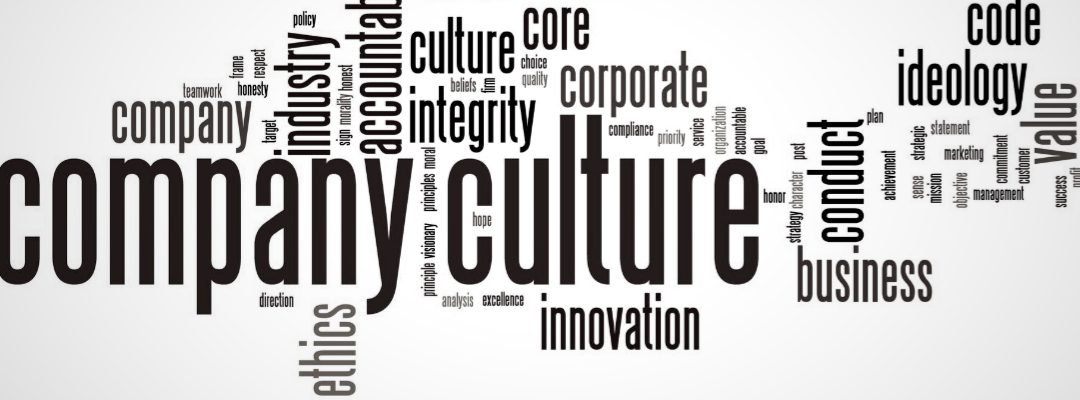Would we expect a carpenter to go to any worksite without the fundamental tools—a hammer? Yet, many times, employees are expected to work the majority of their day on their computer, use their phone for work purposes and they have no access to vision care or hearing aids.
Bridging the gap between Compensation and Culture through Benefits
Consider an employee who has to squint to see the screen because they can’t afford to purchase glasses, or when they’re on the phone with your best client, they have to constantly ask the customer to speak up and repeat their speech.
· What does this do to productivity?
· What’s the customer impression?
· How does this impact revenue?
· Is it worth it to spend 100% corporate deductible funds on benefits for the employee to receive the cost of the claim non-taxable?
When aligning benefits to productivity, employers will win through retention of best talent. How disheartening is it when a long term employee is lost to the competition who offers a health spending account, or better benefits?
Where does this become disconnected?
Communication … Communication … Communication
Very simplistically, we may suggest employers expect:
· Reliability and punctuality—show up and do the job as outlined.
· Productivity and efficiency—pay attention to the details and meet deadline.
· Attitude and approachability—work well with teammates and customers.
· Professional and adaptable—represent the company with pride and be there when needed in times of change.
· Initiative and education—offer ideas for improvement and be open to new ideas from others to improve skills.
By the same notion, we may suggest that employees expect:
· Fair compensation—be paid for the work performed.
· Clear expectations on roles and responsibilities—understand what is expected from them so they can be productive.
· Communication—feedback and updates to stay informed without guesswork.
· Opportunities for growth—not having to transition from job to job but grow within the organization into a valuable asset.
· Working conditions—knowing they will be both safe and healthy, physically, and emotionally while on the job.
· Respect—valued for the job they do.
· Flexibility—understanding that there is a life outside the office, and this impacts the time spent working and productivity requirements if not addressed reasonably.
· Room to grow—ownership of the position.
Communication … Communication … Communication
Yet time and again, there is a disconnect between these two which comes down to ineffective communication.
· Lack of transparency—fostering psychological safety where it’s okay to ask.
· Unclear direction—what is actually expected in various situations.
· Irregular feedback—many times only negative feedback which erodes engagement.
· A difference in perception of what is actually required—the goal expectation.
· Everyone understanding the value proposition—why do I do what I do.
· Policies which support expectations—allowing for effective decisions in the moment.
· Guidelines for consistency across teams—proactive meetings to stay on top of current events/situations.
· When it comes to social media, employers need to be clear about the cultures and values portrayed is consistent with what is happening—expected in the workplace to start the employer-employee relations on the correct footing.
As friend Natasha Purnell says, just when you think you are communicating too much, you are communicating just enough.
Building the bridge.
IF employers want to bridge the disconnect between expectation and reality to retain their top talent, those that make the money for the organization, boost customer relationships, then any on-going disconnect needs to be addressed.
· Build out the narrative when hiring to outline the scope and any limitations to the role.
· The organizations goals—vision and mission statement—value proposition.
· To do this in preparation of the hiring and interview process will avoid losing that person through dissatisfaction when you have expended the cost of training and introducing the new employee to your customer base.
This, studies show, will keep the organization competitive in attracting talented humans.
Where this aligns with the benefit plan.
When considering a benefit package, consider it from a best practices point of view:
· Corporate budget
· Tax advantage
· Compensation alignment
· Culture endorsement
· Employee engagement
· Increased productivity
· Emotional wellbeing
· Talent retention
There’s “power” in conversation. Let’s explore the possibilities together. I am here to help.
Book a virtual coffee to learn more.
Disclaimer: Please note that the information provided, while authoritative, is not guaranteed for accuracy and legality. The site is read by a world-wide audience and employment, taxation, legal vary accordingly. Please seek legal, accounting and human resources counsel from qualified professionals to make certain your legal/accounting/compliance interpretation and decisions are correct for your location. This information is for guidance, ideas, and assistance.






